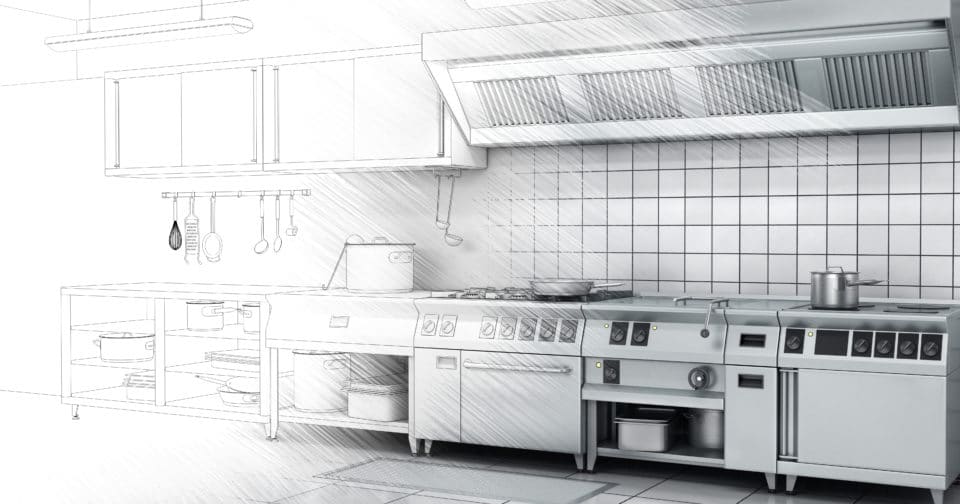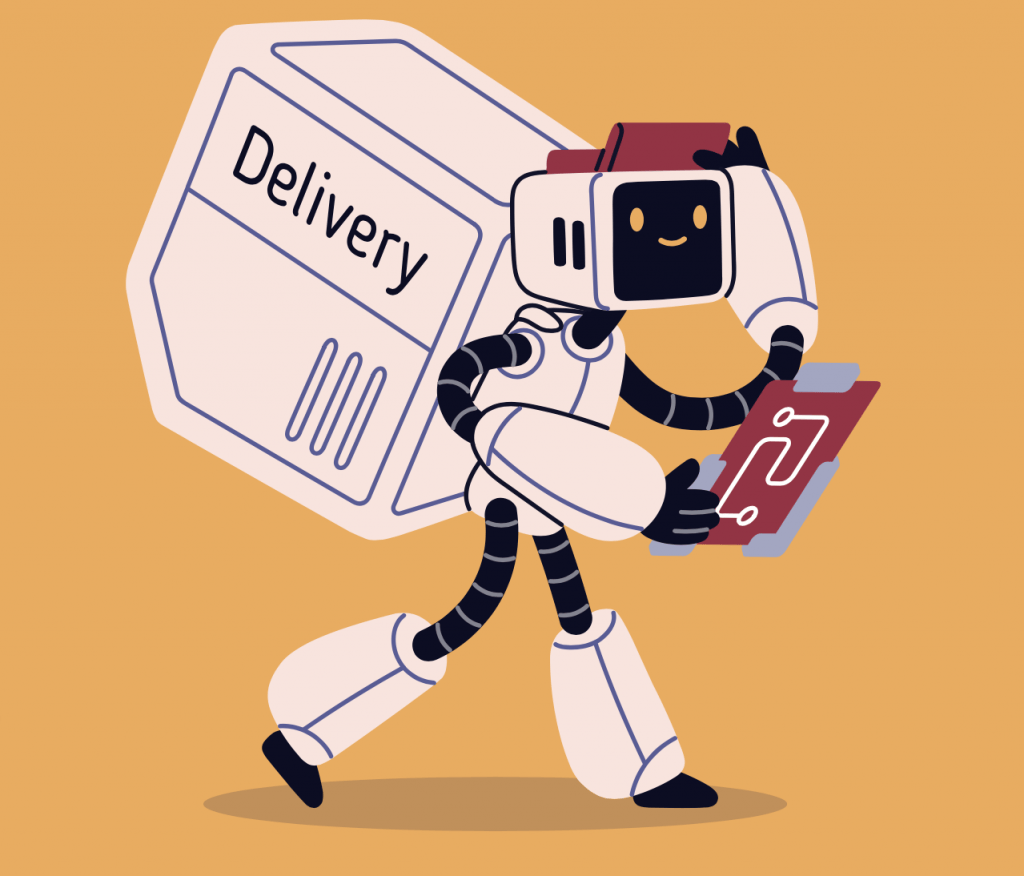
Dynamic pricing – also known as surge pricing – is where businesses flex prices at peak times, and has long been used by large companies, including airlines and hotels. However, huge changes in the way people dine mean it has been catching on for the struggling restaurant sector too.
A July survey by AlixPartners CGA found that one in every 18 hospitality sites had closed in the UK after a rocky year – many hit by the pandemic, the impact of Brexit, and the rising cost of living.
Dynamic pricing hit the news in Britain this year when Stonegate Group, which owns pub chains including Slug & Lettuce, announced price increases during peak times. EAME.
“The idea of dynamic pricing is extremely attractive for restaurants and foodservice groups,” says Ashwin Kamlani, CEO of restaurant e-commerce optimization company Juicer. “If there is a football game on Friday night and everyone will be ordering… why shouldn’t the restaurant charge a bit more? They are going to be slammed with orders. They have a limited amount they can cook and deliver. “Restaurants operate on very thin margins, so even (a small amount) makes a huge difference.”
Stonegate, which is Britain’s biggest pub group, said it will “regularly review pricing to manage costs”, adding that “this flexibility means that on occasions pricing may marginally increase in selective pubs and bars due to the increased cost demands on the business.” But it argued this approach will mean they introduce happy hours and discounts at other times. “High inflation has been hitting business margins,” says Goetz Braake FCSI, head of gastro consulting at METRO Germany Consulting. “In Germany now the costs are exploding – we have energy costs like hell and this takes away the whole profit of most restaurant owners.”
While restaurants traditionally always attracted customers by lowering prices, when there is lower demand, he says a “better direction is really to say, ‘ok, when do I have a high demand in my store’, and adapt the products and the prices accordingly.”
Data-driven pricing
Discounts and offers have been normal for years in the industry, but the widespread use of data has been a game-changer. While most restaurants were fairly low-tech businesses before the Covid pandemic, during the crisis restaurants were handling large volumes of orders online, and working with third party delivery systems. Data collection makes a moving price strategy much easier, and dynamic pricing is now “on steroids,” according to Marco Bertini, professor of marketing at Esade business school in Barcelona, Spain. “I don’t need to have a theory about what my customers might do – I just look at the data and see correlations,” he says. “I can put all the data into a big algorithm and change my prices as a function of that.”
Tech-led food delivery brands such as Uber and Deliveroo have also long used strategies to optimize pricing at busy times. “Prior to Covid, we could have argued that the number of seats in a restaurant is its ‘capacity restriction’,” says Kamlani. “Now the capacity restriction of a restaurant is how much food it can serve out of its kitchen every hour.” Data capture also makes it possible to be flexible with prices and menus.
Braake says his company uses AI to gather all a restaurant’s data, analyze which products have a good contribution margin, and adapt accordingly by placing items on differently in the menu, or removing some at different times of day. “It’s not rocket science,” he says. “Every restaurant owner basically knows what are his runners, what are his losers and what are his winners. We’re just looking at how we can make the runners become winners.”
He says last year data-driven pricing raised the contribution margin among clients by an average of two euros per customer. “The issue of calculation in the food and hospitality industry has become more and more important,” says Braake. “Actually, it needs to be dynamic pricing.”
Delivery has also rapidly become an essential part of the business. According to McKinsey, most food delivery markets have increased between four and seven times over since 2018.
But restaurants have to reckon with additional costs, including delivery platforms’ commission fees, while at-home diners are less likely to order alcoholic drinks or extras with higher margins.
McKinsey warned a typical restaurant has to increase sale “significantly to stay at the same profit margin it enjoyed without delivery.” “Most restaurant owners offer the same price for delivery or in-store and that’s a big mistake,” cautions Braake. “It’s a hard time and people need to adapt now. The old-fashioned way of doing this business does not work anymore.”
Ups and downs
However, experts caution that dynamic pricing needs to include both increases and decreases. “Just because the consumer might pay double because there’s a football match, doesn’t mean a restaurant should charge double,” says Kamlani. “This is about finding the optimal price that the consumer won’t mind [paying] but will have a major impact on the bottom line of the restaurant.” Dynamic pricing can also be a way to communicate something important about the business and brand, says Bertini, sharing the example of one restaurant group which has built its brand around charging more in richer areas in order to subsidize meals in less wealthy districts.
When it came to the Stonegate backlash, he calls it a “classic Marketing 101 mistake.” “If you look at their explanation, it’s so internally driven. ‘We are doing this because we have this, and we have that’, as a customer you’re like, so? What do I care? The explanation has to make sense to the customer,” he says. “One danger is then that people learn about having to wait for the best price, when in fact they would have paid the first price.”
Cost-conscious customers are now on the lookout for surge pricing, according to a recent Barclaycard study, and almost half of respondents said they had noticed it during peak times. Among those, one in three saw an increase in the price of food and drink – and only one in 12 were willing to pay more to dine at popular times. It highlights the fact that restaurants must balance the risk that increasing prices too much will hit customer demand.
“This is not the restaurant ‘ripping off’ or cheating the customer,” says Kalmani. “It is about using conservative and reasonable price changes to maintain a healthy business in the face of high inflation and labor shortages,” he adds. “I believe customers would be happy to pay just a little bit more if it means their favorite restaurants can stay in business.” Dynamic pricing is certainly adding a dynamic additional component to the operators’ offering in challenging circumstances.
Helen Roxburgh



